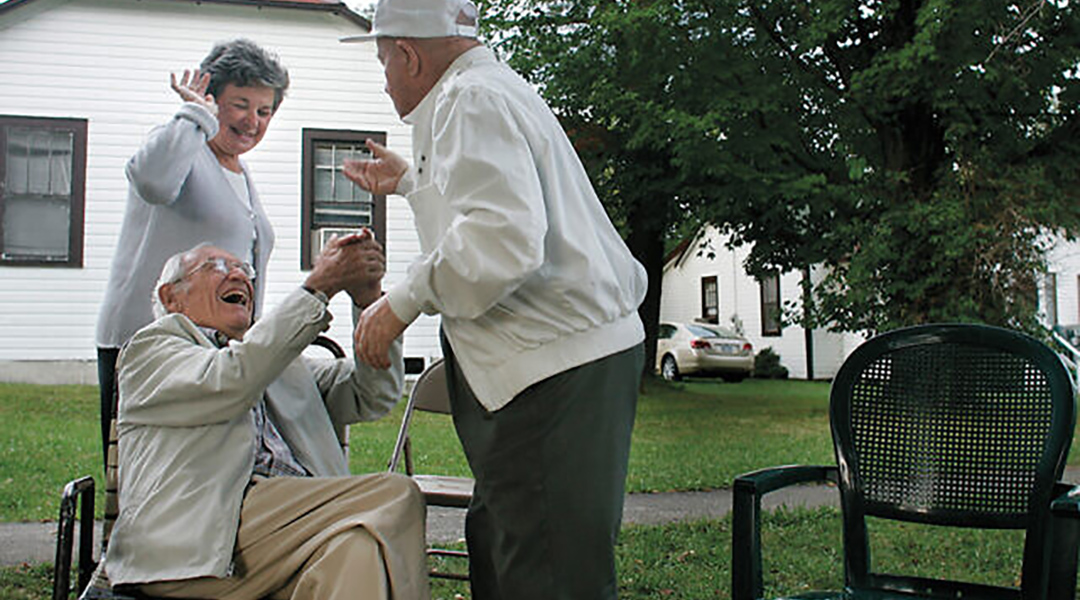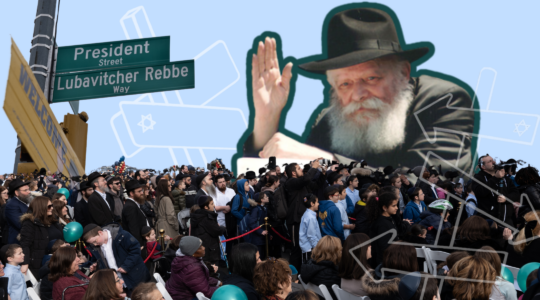Nu, it’s almost Labor Day and you didn’t get to go the Catskills this year. Are you thinking about whether there is still time? Would you prefer Schwartz’s Paradise Lodge, like other years? Or perhaps Bernstein’s Meadow Mansion, which your neighbor always told you was better?
Wait! Did you forget that the great Jewish resort area is gone? Yes, there are a few bungalow colonies – mostly charedi Orthodox — a crop of yeshivas, and many individual summer homes. But it’s not like a half century ago when there were more than 700 hotels and over 600 bungalow colonies, and where a half million people a year vacationed and where the Jewish working class and middle class learned how to enjoy themselves and Yiddishkeit in a safe, leafy milieu.
Or did you forget that Covid-19 was in full force and that if you could get away anywhere, you might feel guilty? What kind of pleasure can we allow ourselves in a major crisis like this? Is it OK to relax while others suffer? Or does getting away perhaps help us and others get through these times better?
Vacationers in the Catskills used to ask themselves these same questions, during the Holocaust and in the decades that followed.
The Catskills were a summer haven for both survivors and refugees who had arrived before the war. Just like earlier escapees from oppression, Jews sought ways to release their fears and anxieties during and after the war by building a community life in defiance of the times. The social pleasures and distractions of “The Mountains” took the form of food, sex, music, dancing and humor. Vacationers and the workers who served them sought to recapture the pre-Holocaust past. Unable to measure the immense loss caused by the Holocaust, they showed a willingness to laugh and cry simultaneously, and understood the human need for love and connection even amidst and after such terror.
A book and a film tell this story in beautiful forms: Reuben Wallenrod’s novel “Dusk in the Catskills” and the 2008 documentary “Four Seasons Lodge,” directed by Andrew Jacobs and produced by Matt Lavine.
During the war, Wallenrod, an eminent Hebraist, was a writer in residence at the Rosenblatt Hotel in Glen Wild, N.Y. He based his novel in part on what he experienced there. Wallenrod’s eloquent juxtaposition of genocide and pleasure make for a jarring, yet necessary, contribution to our understanding of the era. But more than that, Wallenrod told the story of what he called the Brookville Hotel over an entire season, from the end of one summer season to the following autumn. In the process, he recorded the life not just of a hotel, but of a people.
Written in Hebrew between 1941-44 and first published in 1946 as “Ki Fanah Yom” (literally, “Because the Day Turns”), Wallenrod translated it into English and the Reconstructionist Press published it in 1957. “Dusk in the Catskills” follows hotel owner Leo Halper over the course of one full year. During this period, the United States entered the war in Europe.
Halper, like Wallenrod a Jewish immigrant from Eastern Europe, is painfully aware of the atrocities happening in Europe. At the same time, he loves his little hotel and the beauty of the Catskills. As Halper learns more about the horrifying details, he obsesses over the destruction of European Jewry, and experiences great anxiety over his helplessness. While Halper is grateful to have escaped the Nazis, he feels shame for being safely away from the atrocities and guilt at the feelings of joy his life brings him.
The film “Four Seasons Lodge” is a very different take, with a more hopeful atmosphere. It profiles survivors who had shared summers at various bungalow colonies, including Cutler’s in South Fallsburg. When Cutler’s was poised to be sold in 1979, the survivors didn’t look to move to another one, since they were uncomfortable among non-survivors, whom they felt didn’t understand the constant talk about the Shoah. They bought an old colony that was attached to the Excelsior Hotel, and turned it into a survivor-only colony.
Most of the Lodgers started coming to the Catskills in the late 1940s and early 1950s, soon after arriving in the United States. They were mostly orphans, who had survived the camps as teenagers. The Lodgers dressed up on weekend nights for Shabbat and for Saturday night’s communal meal and entertainment. They wanted everyone to be together at night, so no one would be left alone.
The Four Seasons Lodge lasted until 2008, when its residents were getting old and infirm and many had died.
As Jacobs wrote about the Lodgers, “We had shown Holocaust survivors not as embittered victims but as ordinary people who had survived the unspeakable and then gone on to lead largely normal lives. They had found love, created families and built an extraordinary community in the mountains of New York state. They had found a way to move past the trauma — to laugh, to dance and to celebrate life.”
The book and the film inspired Holli Levitsky and me to edit a book “Summer Haven: The Catskills, The Holocaust, and the Literary Imagination” (Academic Studies Press), in which we presented new and existing works of fiction and memoir. We explored how vacationers, resort owners, workers and local residents dealt with a horrific contradiction: the pleasure of their summer haven, contrasted with the mass extermination of Europe’s Jews.
Writing in “Summer Haven,” Jacobs reminds us of the power of community, love and mutual support to get us through tragedy and crisis. We have seen enormous resilience in the face of the Covid crisis too, and that leaves us with hope. It also leaves us with the possibility that you can still get up to the Catskills, even if only in memory. While you’re there, have an extra blintz for lunch and enjoy the show at night.
On Aug 25, at 4:00 pm, the Wyner Family Jewish Heritage Center presents Phil Brown speaking on “Jews in the Catskills During and After the Holocaust,” based on the research from “Summer Haven: The Catskills, The Holocaust, and the Literary Imagination,” and updated with new material since the book came out.
Phil Brown is founder and president of the Catskills Institute, and author of two other books on the Catskills: “Catskill Culture: A Mountain Rat’s Memories of the Great Jewish Resort Area” and “In the Catskills: A Century Of The Jewish Experience In ‘The Mountains.”
The New York Jewish Week brings you the stories behind the headlines, keeping you connected to Jewish life in New York. Help sustain the reporting you trust by donating today.





